Published in the Sunday Indian Express Magazine - Eye on 23 March 2025
India is home to an incredible range of food traditions shaped by local ingredients, unique cooking techniques, and centuries of cultural influences.
Last week, I had the opportunity to attend an Odia cuisine festival in Mumbai - a rare and delightful experience. As I enjoyed each bite, I couldn’t help but think: why don’t we talk more about cuisines like this?
In India, we often celebrate the cuisines we know best - the creamy gravies of North India, the crisp dosas of the South, the rich Bengali sweets, or the spice-laden Rajasthani thalis. But beyond these well-known favourites, India is home to an incredible range of food traditions shaped by local ingredients, unique cooking techniques, and centuries of cultural influences.
One of the best ways to discover these hidden gems is through regional cuisine festivals. If you ever come across one in your city, I encourage you to go! It’s an incredible way to experience authentic flavours, learn about local ingredients, and step beyond the usual dishes we are accustomed to.
So today, let’s step beyond the familiar and explore some of India’s most underrated cuisines - the flavours you might not have tried but absolutely should.
Odia Cuisine
When people talk about food along the east coast of India, Bengali cuisine often takes the spotlight, but Odia cuisine - from the state of Odisha - remains one of India’s most underrated food cultures. Rooted in simplicity and natural flavours, Odia food is light on oil, rich in regional ingredients, and deeply influenced by temple traditions. It relies on subtle spices, mustard oil, and slow-cooked techniques to enhance the flavours of its dishes.
One of the most defining aspects of Odia cuisine is its strong connection to the Jagannath Temple in Puri. The temple’s famous Mahaprasad - a meal cooked in earthen pots over wood fires and offered to Lord Jagannath before being served to devotees, is a cornerstone of Odia food culture.
Odia cuisine also has a coastal touch, with a variety of fish, prawns, and crabs cooked in mustard-based gravies. And for those who love vegetarian food, Odisha offers some of the most unique dal and vegetable dishes, often cooked with coconut, raw mango, or jaggery for a perfect balance of flavours.
Must-Try Dishes:
Dalma – A nutritious dish made with lentils, and vegetables, and tempered with panch phoron (a five-spice mix).
Chhena Poda – Odisha’s most famous dessert, this baked sweet is made from fresh chhena (cottage cheese) sugar, and cardamom, giving it a caramelised, smoky flavour.
Macha Besara – A classic Odia fish curry cooked with mustard paste, garlic, and turmeric, giving it a tangy and pungent flavour that pairs beautifully with steamed rice.
Kumaoni Cuisine
Nestled in the Himalayan foothills, Kumaoni cuisine comes from the Kumaon region of Uttarakhand and remains one of India’s most underappreciated mountain food traditions. Kumaoni food is simple, hearty, and designed for sustenance in cold, mountainous terrains. It relies on local grains, pulses, and minimal spices, yet delivers robust flavours that reflect the region’s natural bounty.
Kumaoni cuisine is deeply tied to the hills and forests of Uttarakhand, using wild greens, grains like mandua (finger millet), jhangora (barnyard millet), and pulses like bhatt (black soybeans).
Kumaoni dishes use very little oil and rely on mustard seeds, cumin, turmeric, and coriander for seasoning. Dairy plays a significant role, with locally made ghee, buttermilk, and curd frequently used in cooking.
Must-Try Dishes:
Bhat ki Churkani – A thick, protein-packed curry made from black soybeans (bhatt), slow-cooked with local spices and best enjoyed with rice.
Aloo Ke Gutke – A flavourful dish of spiced, stir-fried potatoes, cooked with mustard seeds and dry red chillies, often paired with local dal and rice.
Bal Mithai - A fudge-like dessert made from roasted khoya (reduced milk) and coated in tiny white sugar balls.
Mappila Cuisine
Kerala’s coastline has long been a meeting point for cultures, and Mappila cuisine - the food of the Muslim community of Kerala’s Malabar region, is a testament to this rich history. Influenced by Arab, Persian, and local Kerala traditions, Mappila food is an exciting blend of spices, coconut, rice, and fragrant meats, creating a unique culinary identity that’s both exotic and deeply comforting.
What sets Mappila cuisine apart is its harmonious fusion of Middle Eastern and South Indian flavours. The Arab traders who arrived on Kerala’s shores centuries ago brought with them ingredients like dry fruits, saffron, and meat-based dishes, which merged beautifully with Kerala’s coconut-rich, rice-dominant cuisine. The result? A range of dishes that are both fragrant and indulgent, with a heavy emphasis on slow-cooked biryanis, stuffed breads, and seafood curries.
Unlike mainstream Kerala food, Mappila cuisine uses less tamarind and more yoghurt or coconut milk for tanginess, giving the dishes a creamy, mildly spiced profile.
Must-Try Dishes:
Pathiri & Kozhi Curry – Pathiri is a soft, paper-thin rice flour flatbread, traditionally served with spicy Malabar chicken curry (Kozhi Curry).
Thalassery Biryani – Unlike Hyderabadi or Lucknowi biryani, Thalassery Biryani is made with small-grain Jeerakasala rice, layered with aromatic spices and tender mutton or chicken, giving it a fragrant, mildly sweet flavour.
Meen Mulakittathu – A fiery red fish curry made with kokum (a sour fruit) and coconut oil, giving it a tangy, spicy kick that pairs beautifully with steamed rice.
Garo Cuisine
Northeast Indian food is slowly gaining attention, but Garo cuisine, from the Garo Hills of Meghalaya, remains largely unknown outside the region. Garo food is all about simplicity, fresh ingredients, and a love for smoky and fermented flavours. It’s a cuisine that reflects the Garo tribe’s deep connection to nature, using locally sourced bamboo shoots, sesame, dry fish, and wild herbs.
Garo cuisine is heavily meat-based, with pork, fish, and chicken being the most commonly used proteins. Unlike most Indian cuisines that rely on a wide range of spices, Garo food focuses on natural, earthy flavours - smoked meats, fermented bamboo shoots, and roasted sesame seeds give the dishes a distinct aroma and umami depth.
One of the most defining aspects of Garo cuisine is its use of fermentation. Ingredients like dried fish (nakham), bamboo shoots, and even local greens are fermented to enhance their flavour, making them rich in probiotics and great for digestion.
Must-Try Dishes:
Nakham Bitchi – A spicy, warming soup made with dried fermented fish, chillies, and rice water.
Do’o Kappa – A unique chicken curry cooked with black sesame seeds, giving it a deep, nutty flavour unlike any other chicken dish in India.
Pura (Smoked Meats) – Pork or fish, is slow-smoked over firewood for hours, giving it a rich, smoky taste. These meats are often eaten on their own or added to curries and stews.
Kodava Cuisine
Hidden in the lush hills of Coorg in Karnataka, Kodava cuisine is an earthy, spice-laden, and meat-heavy culinary tradition shaped by the region’s warrior past and rich natural surroundings. Kodava cuisine embraces the bold flavours of black pepper, curry leaves, and kachampuli (a local sour vinegar).
Kodava food is deeply rooted in nature, using local ingredients like wild mushrooms, ferns, and bamboo shoots that thrive in Coorg’s misty forests. The cuisine is especially known for its love of pork, which is rare in Indian food traditions. Kodava warriors historically hunted wild boars, which became the inspiration for one of their most iconic dishes - Pandi Curry (Coorg-style pork curry).
Another defining element of Kodava cuisine is its heavy use of black pepper instead of red chilli for heat, giving the dishes a distinct, warm and aromatic spice profile. The food is also deeply connected to Coorg’s agrarian lifestyle, with rice-based dishes like akki roti (rice flatbread) and kadumbuttu (steamed rice dumplings) forming an essential part of every meal.
Must-Try Dishes:
Pandi Curry – The legendary Kodava pork curry, slow-cooked with black pepper, curry leaves, and kachampuli vinegar, creating a rich, tangy, and spicy dish that pairs perfectly with rice dumplings (kadumbuttu).
Nool Puttu – Also known as string hoppers, these delicate rice noodles are served with spicy meat or coconut-based curries.
Koli Curry – A Coorg-style chicken curry, made with freshly ground spices and a distinctive smoky flavour.
Overall, if we think about it, India’s culinary landscape is vast and there’s a whole world of lesser-known regional cuisines waiting to be explored. The best way to experience them? Seek out regional food festivals, visit speciality restaurants, or even try cooking these dishes at home. Exploring these hidden culinary gems not only broadens our palate but also deepens our appreciation for the rich diversity of Indian food. So the next time you think of Indian cuisine, go beyond the usual and give these underrated flavours a try - you might just discover a new favourite! See you next time...






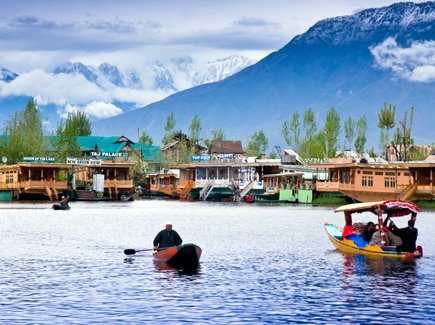
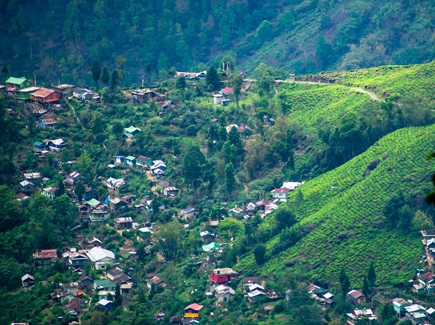

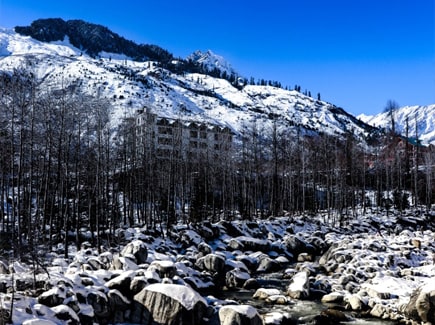




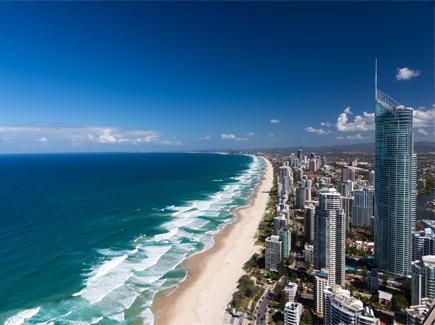









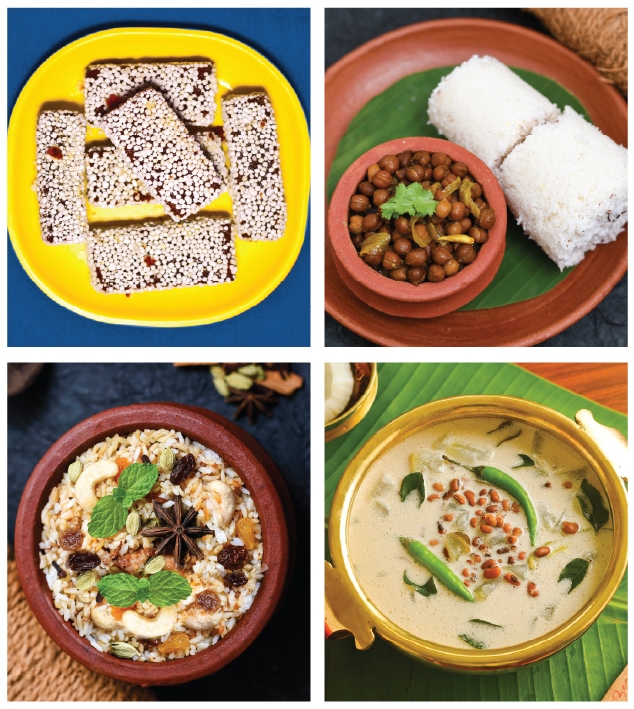





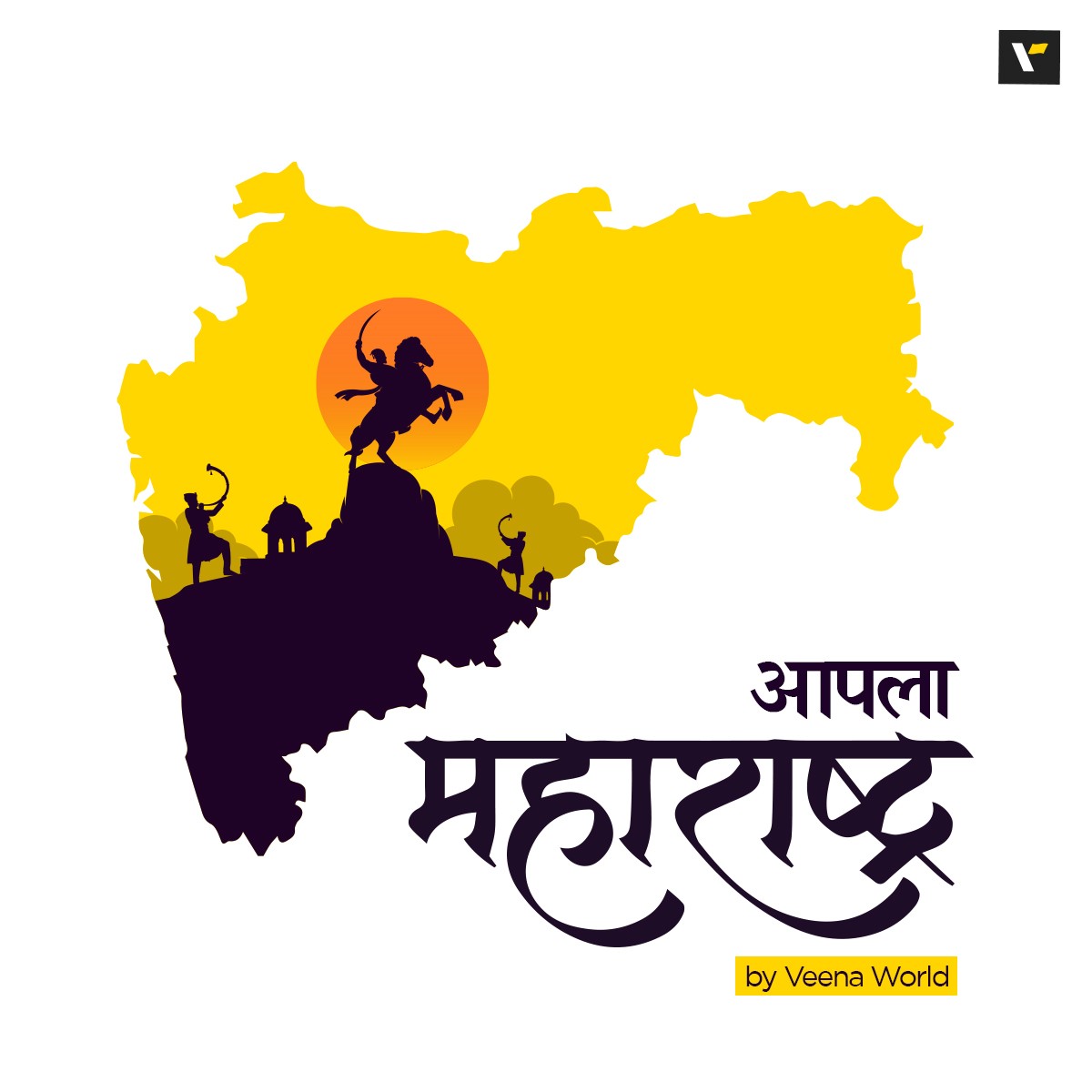


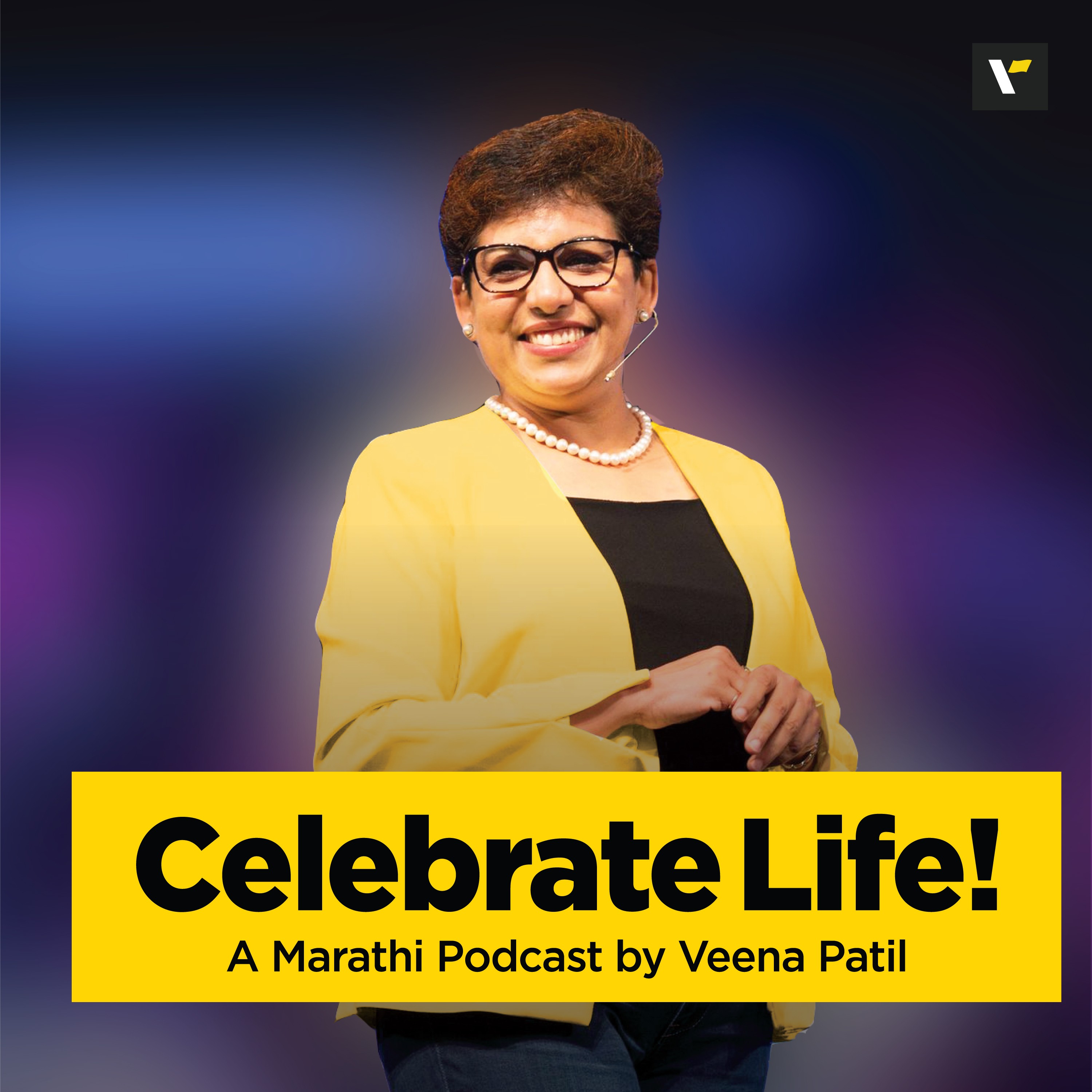


































Post your Comment
Please let us know your thoughts on this story by leaving a comment.